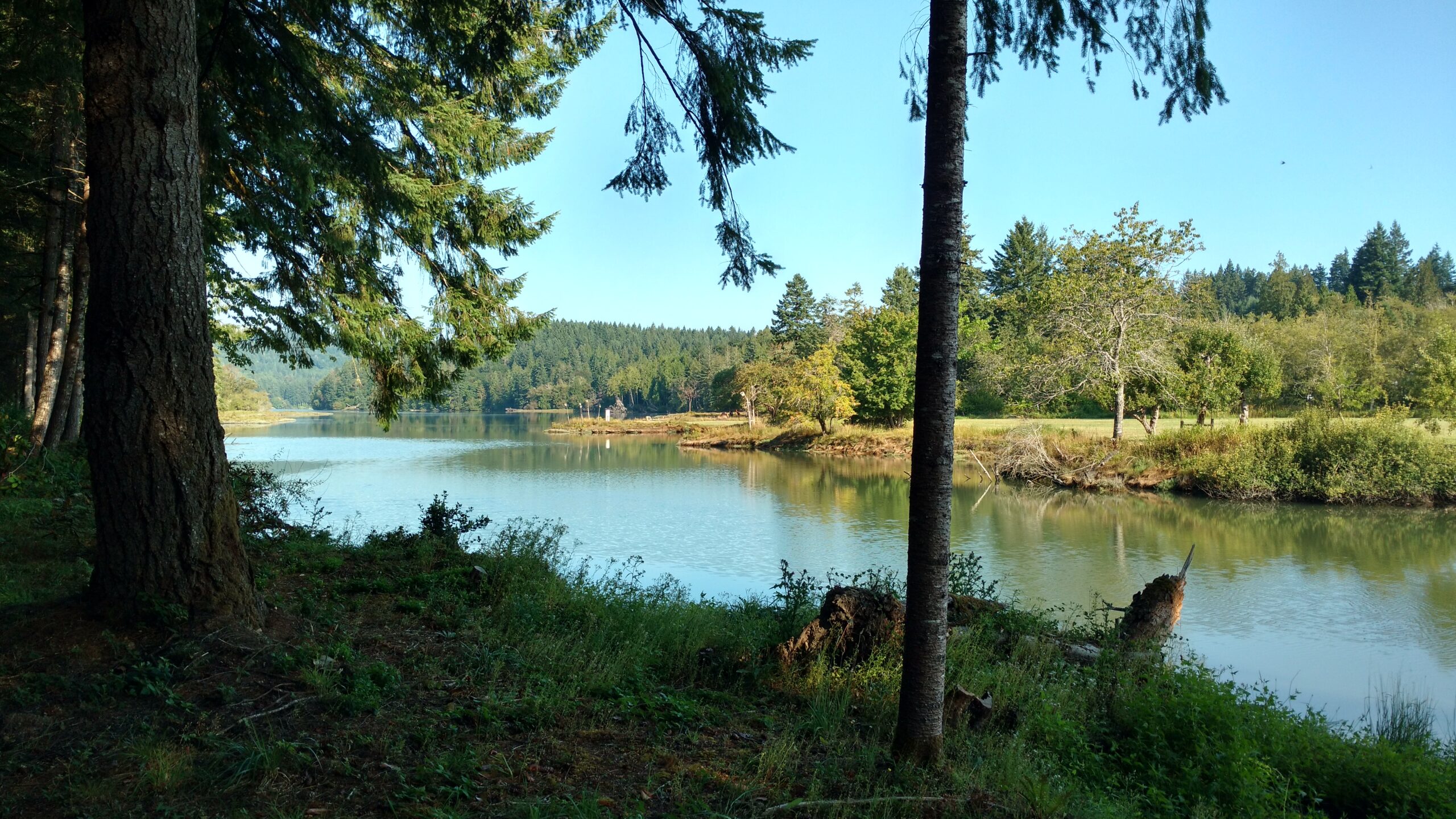The case concerns the form requirements of by-law making authority under the Indian Act.
A member of Hiawatha First Nation held a certificate of possession to a parcel of land within the Hiawatha reserve on the north shore of Rice Lake, about 20 km southeast of Peterborough. On July 17, 2019, the Hiawatha council passed a resolution imposing a moratorium on the creation of new businesses without council’s approval to allow Hiawatha to complete its land code and “Comprehensive Community Plan.” The resolution did not use the term “by-law” and it was not published. On August 2, 2019, the council learned that fuel tanks were being delivered to the member’s land as part of the construction of a gas station. The council asked the member to stop construction. After she refused, on Hiawatha’s application, the Superior Court of Justice issued an injunction to stop construction. The member and two other individuals involved in the gas station business appealed that order.

Photo credit: Gordon Lyall
The issue in the case was whether the resolution passed by the council had the force of law as a by-law under the Indian Act, as this was the legal basis for the injunction. The application judge held that it did, noting that the council had the power to regulate the carrying on of businesses on the reserve under paragraph 81(1)(g) of the Indian Act, and that the resolution was made by a majority of councillors at a duly convened meeting as required by that Act. The application judge rejected the argument that the resolution was not a by-law on the basis that such a finding would allow form to triumph over substance because the council had the authority to make a by-law establishing a moratorium on the creation of new businesses, and because the council intended its conduct to have that effect. The Court of Appeal disagreed and allowed the appeal, holding that the resolution was not a by-law and did not have the force of law.
The Court of Appeal noted that the distinction between a by-law and a resolution is an important one: a by-law creates binding rules for all persons under council’s jurisdiction, while a resolution is merely the expression of the council’s will and does not have the force of law. The court observed that the 2014 amendments to the Indian Act, which removed the minister’s power to disallow by-laws, also removed from section 86 the provision that “no such by-law is invalid by reason of any defect in form,” which the court considered to indicate the need for stricter compliance with the form requirements in the Act, which include the requirement that a by-law be published in the First Nations Gazette, the Band’s website, or a newspaper with circulation on the reserve. The court concluded that a band council’s passage of a by-law under the Indian Act is “a serious act of law-making and must follow the rules of law-making in the Act in order to secure the legal weight of enforcement.” Since the Hiawatha resolution providing for a moratorium had not complied with these rules, it was not a by-law and did not have the force of law.

Photo credit: Gordon Lyall
The decision did not address the issue of how the new land code applies to the gas station.
This decision affirms the importance of formality in the exercise of a band council’s powers. The decision is an important reminder that form sometimes will trump substance, particularly when the requirements of form serve to communicate that council is acting as a legislative body.
This case summary provides our general comments on the case discussed and should not be relied on as legal advice. If you have any questions about this case or any similar issue, please contact any of our lawyers.
See CanLII for the Reasons for Judgement.